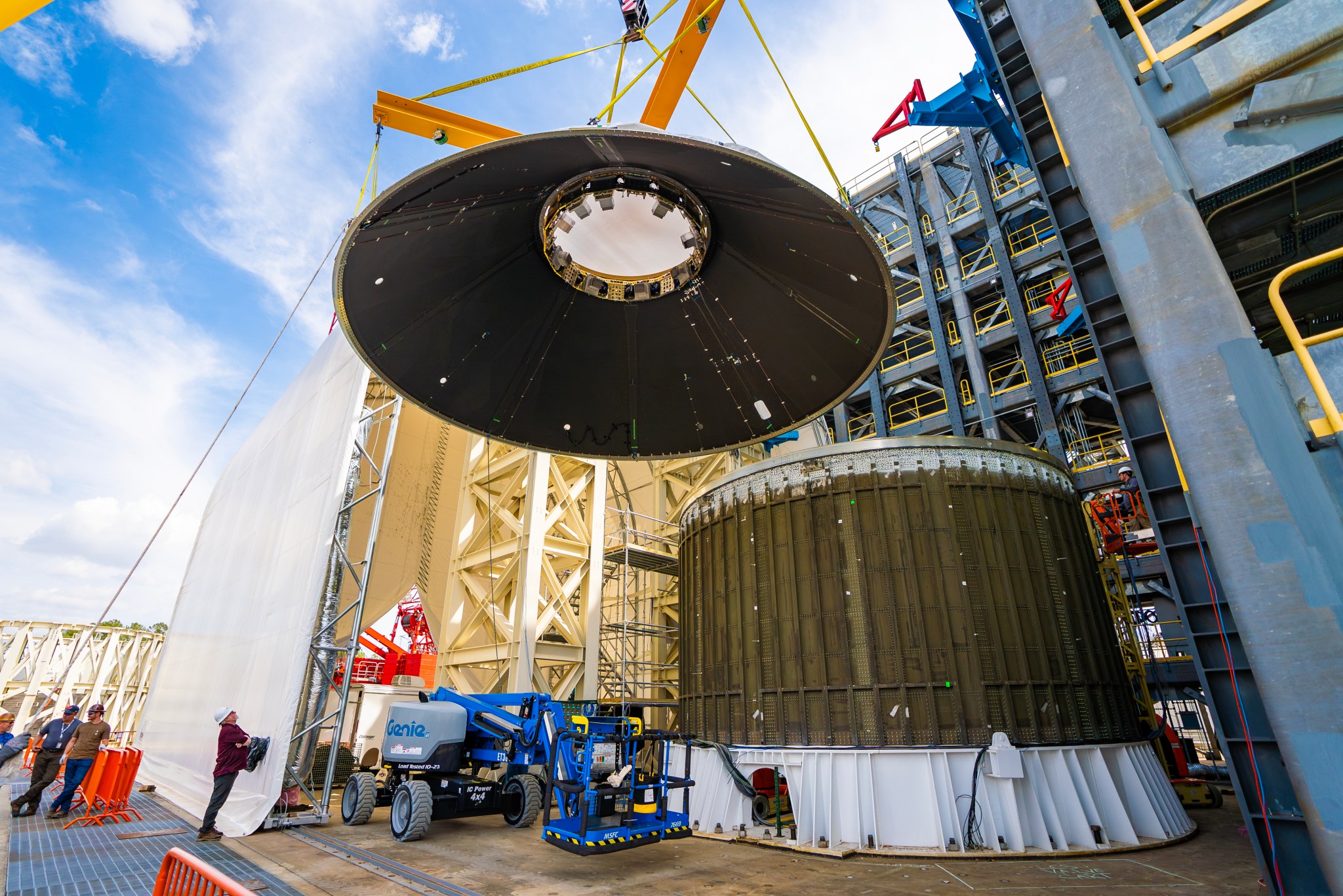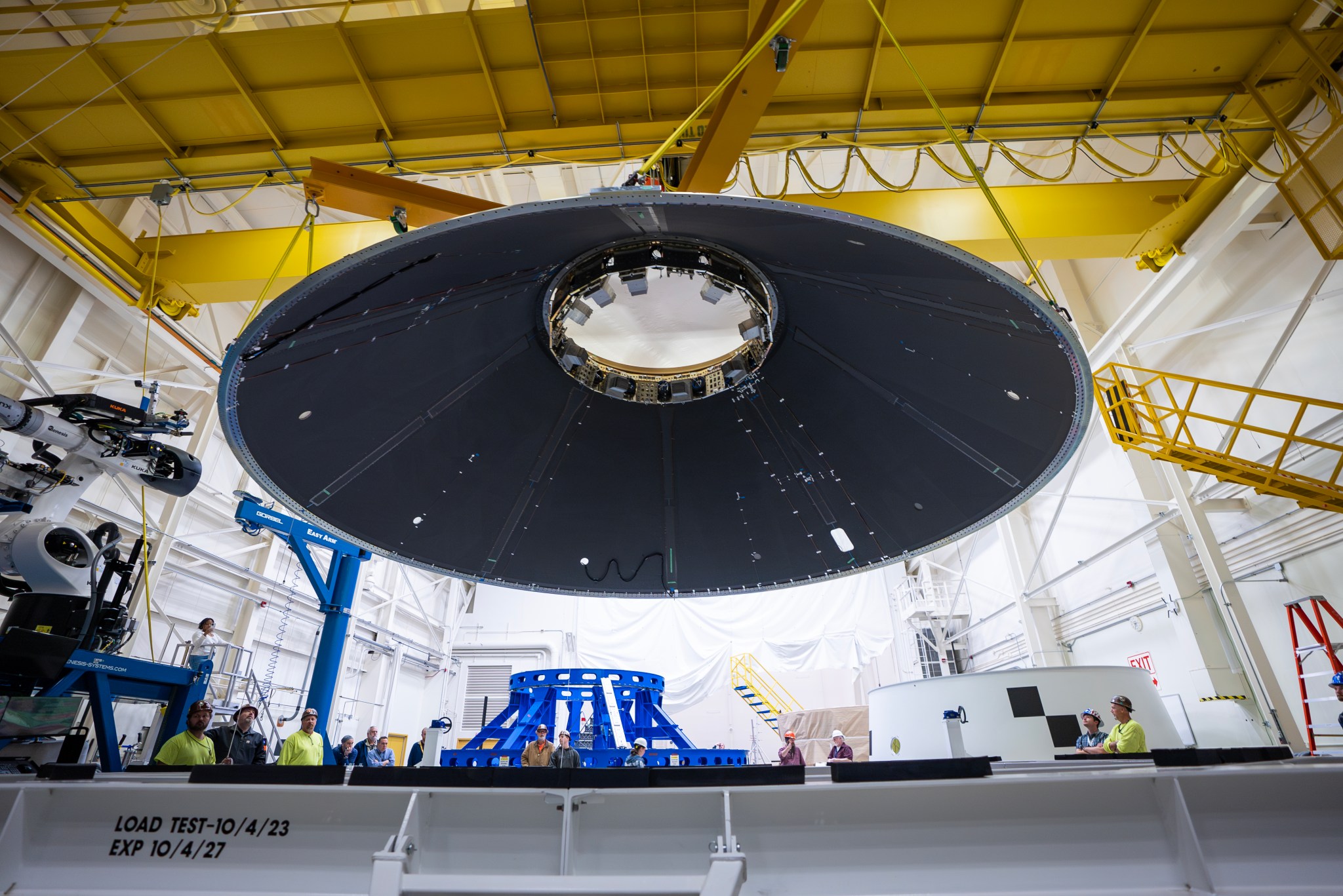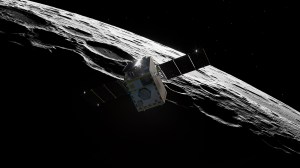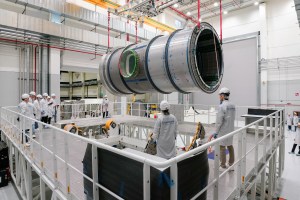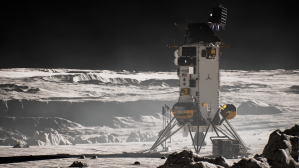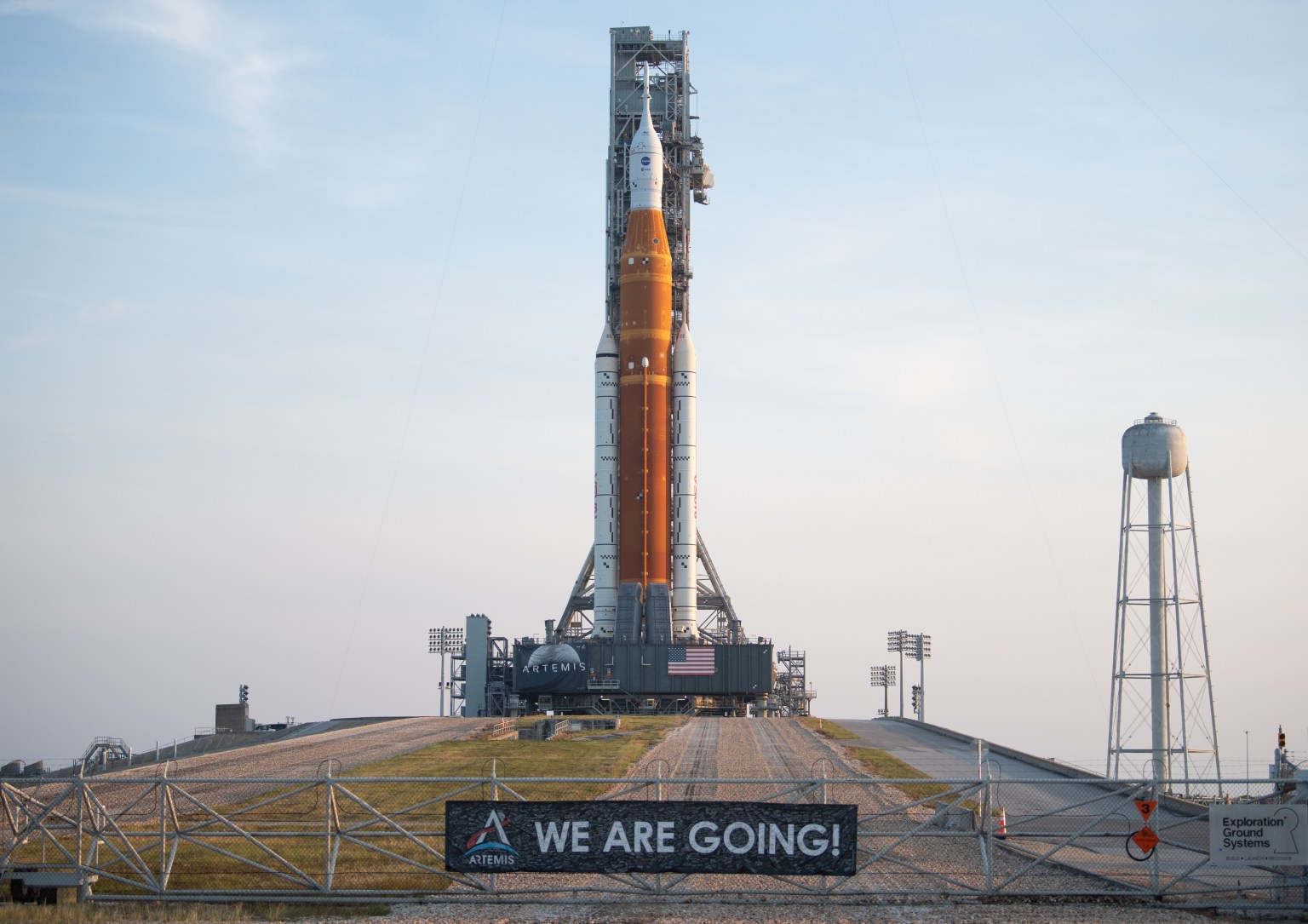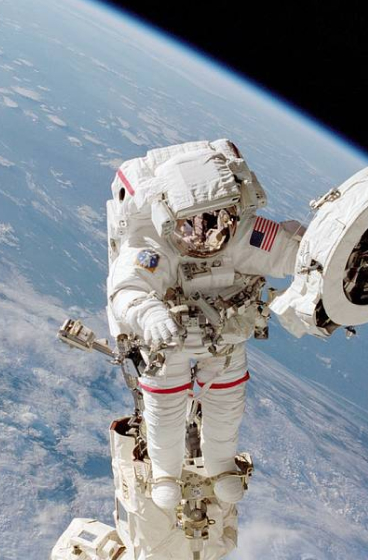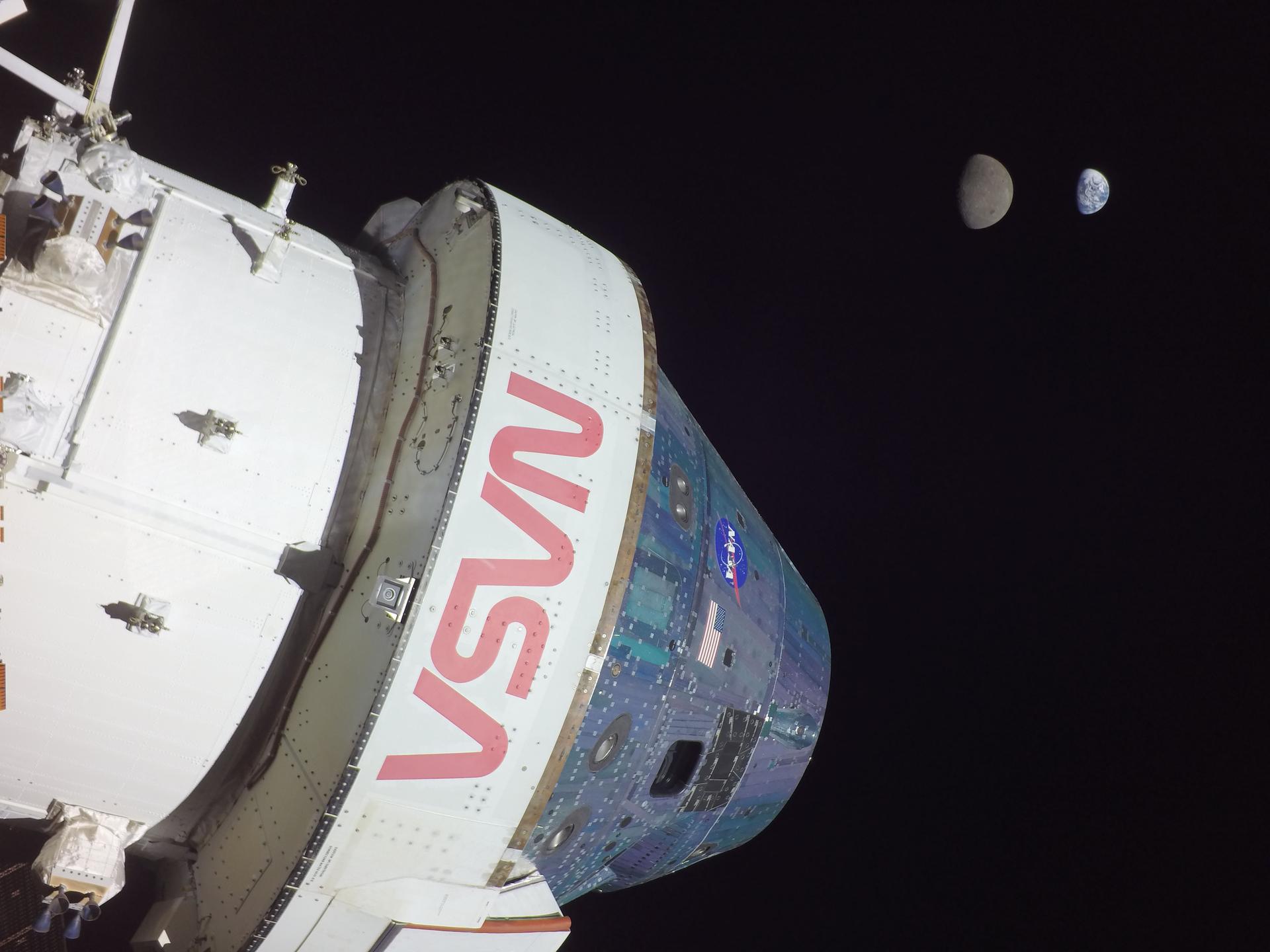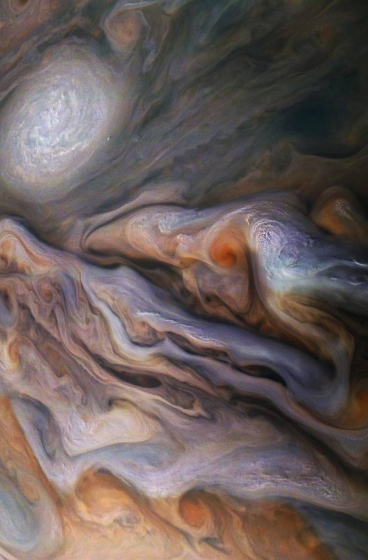NASA’s Advancements in Space Continue Generating Products on Earth
The latest edition of NASA’s Spinoff publication, which highlights the successful transfer of agency technology to the commercial sector, is now available online.
For nearly 25 years, NASA has supported crew working in low Earth orbit to learn about the space environment and perform research to advance deep space exploration. Astronauts aboard the International Space Station have learned a wealth of lessons and tried out a host of new technologies. This work leads to ongoing innovations benefiting people on Earth that are featured in NASA’s annual publication.
“The work we do in space has resulted in navigational technologies, lifesaving medical advancements, and enhanced software systems that continue to benefit our lives on Earth,” said Clayton Turner, associate administrator, Space Technology Mission Directorate at NASA Headquarters in Washington. “Technologies developed today don’t just make life on our home planet easier – they pave the way to a sustained presence on the Moon and future missions to Mars.”
The Spinoff 2025 publication features more than 40 commercial infusions of NASA technologies including:
- A platform enabling commercial industry to perform science on the space station, including the growth of higher-quality human heart tissue, knee cartilage, and pharmaceutical crystals that can be grown on Earth to develop new medical treatments.
- An electrostatic sprayer technology to water plants without the help of gravity and now used in sanitation, agriculture, and food safety.
- “Antigravity” treadmills helping people with a variety of conditions run or walk for exercise, stemming from efforts to improve astronauts’ fitness in the weightlessness of space.
- Nutritional supplements originally intended to keep astronauts fit and mitigate the health hazards of a long stay in space.
As NASA continues advancing technology and research in low Earth orbit to establish a sustained presence at the Moon, upcoming lunar missions are already spinning off technologies on Earth. For example, Spinoff 2025 features a company that invented technology for 3D printing buildings on the Moon that is now using it to print large structures on Earth. Another group of researchers studying how to grow lunar buildings from fungus is now selling specially grown mushrooms and plans to build homes on Earth using the same concept.
Spinoffs produce innovative technologies with commercial applications for the benefit of all. Other highlights of Spinoff 2025 include quality control on assembly lines inspired by artificial intelligence developed to help rovers navigate Mars, innovations in origami based on math for lasers and optical computing, and companies that will help lead the way to hydrogen-based energy building on NASA’s foundation of using liquid hydrogen for rocket fuel.
“I’ve learned it’s almost impossible to predict where space technology will find an application in the commercial market,” said Dan Lockney, Technology Transfer program executive at NASA Headquarters in Washington. “One thing I can say for sure, though, is NASA’s technology will continue to spin off, because it’s our goal to advance our missions and bolster the American economy.”
This publication also features 20 technologies available for licensing with the potential for commercialization. Check out the “Spinoffs of Tomorrow” section to learn more.
Spinoff is part of NASA’s Space Technology Mission Directorate and its Technology Transfer program. Tech Transfer is charged with finding broad, innovative applications for NASA-developed technology through partnerships and licensing agreements, ensuring agency investments benefit the nation and the world.
To read the latest issue of Spinoff, visit:
-end-
Jasmine Hopkins
Headquarters, Washington
321-432-4624
jasmine.s.hopkins@nasa.gov
Related Terms
- NASA Centers & Facilities
- Ames Research Center
- Armstrong Flight Research Center
- Glenn Research Center
- Goddard Institute for Space Studies
- Goddard Space Flight Center
- International Space Station (ISS)
- ISS Research
- Jet Propulsion Laboratory
- Johnson Space Center
- Kennedy Space Center
- Langley Research Center
- Marshall Space Flight Center
- NASA Headquarters
- Space Technology Mission Directorate
- Spinoffs
- Stennis Space Center
- Technology Transfer
- Technology Transfer & Spinoffs

